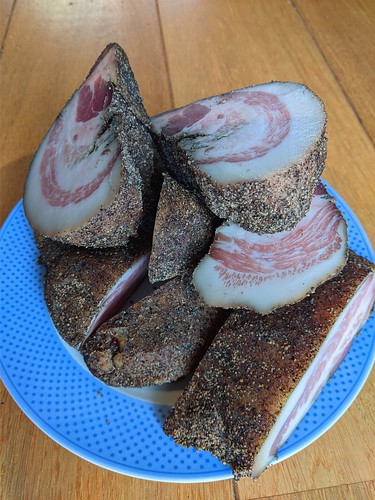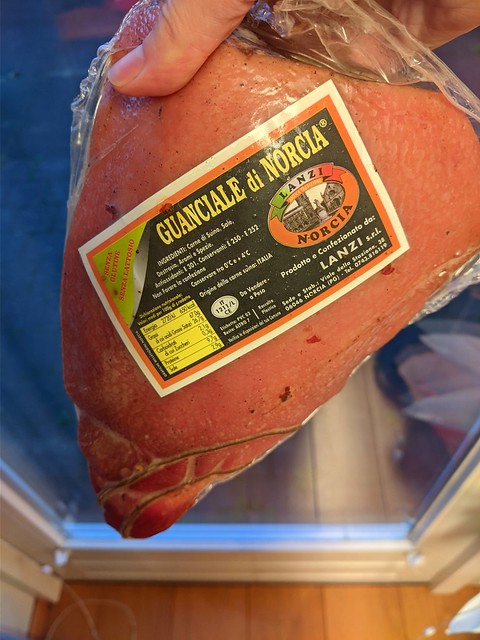MarcelNL
deleted the professional part....so blame taker
- Joined
- Feb 9, 2018
- Messages
- 4,814
- Reaction score
- 7,219
As we currently live in a bit of a deli wasteland and I refuse to pay supermarket premium for below average products I'm going to take the plunge and make my own pancetta as first step to making guanciale (unobtanium anywhere near me).
I'll be repurposing a wine fridge (peltier elements) and plan to start with a pancetta, and then try my hand at Mangalica Guanciale as I found a mangalica farm really close...(I think I can 'retire' when that works out, if it is only half as good as I expect I can open a shop and folks will be queing)
Question at hand is; cure or no cure (Nitrit) in the salt, I find recipes with and without...I'm inclined to not use nitrit.
I'll be repurposing a wine fridge (peltier elements) and plan to start with a pancetta, and then try my hand at Mangalica Guanciale as I found a mangalica farm really close...(I think I can 'retire' when that works out, if it is only half as good as I expect I can open a shop and folks will be queing)
Question at hand is; cure or no cure (Nitrit) in the salt, I find recipes with and without...I'm inclined to not use nitrit.


























